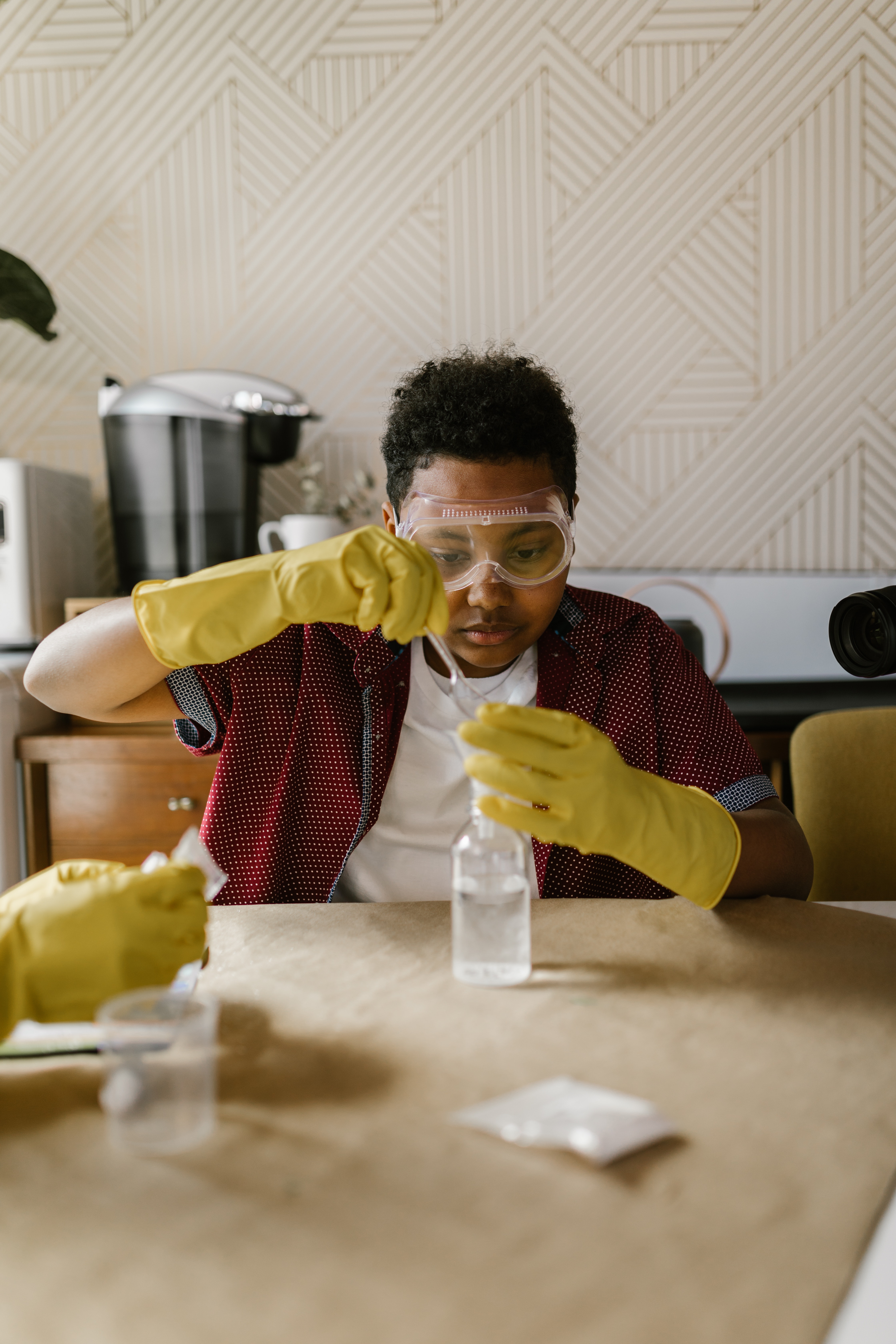Do you need some interactive, hands-on science projects for your homeschool lessons this year? TestAssured has everything you need to perform an interesting yet easy science project you can do at home with your kids. In this post, we’ll share four simple water testing projects that can be used as science experiments for homeschoolers. These projects are easy to perform and help to bring learning to life!
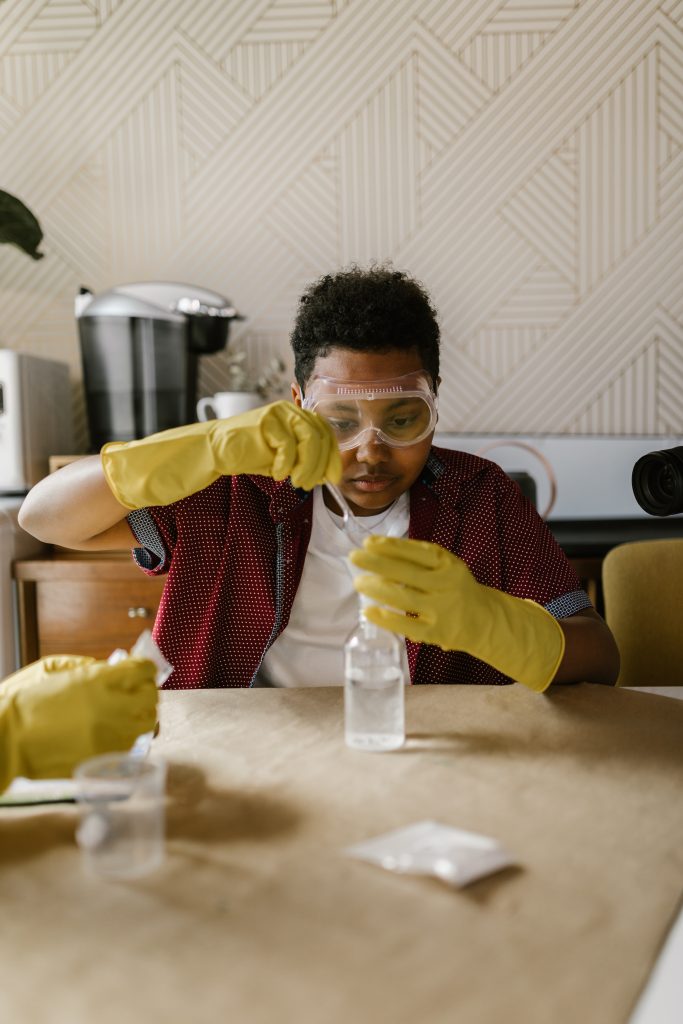
Science for Homeschoolers
Science is an important subject for children to learn, and sometimes it can be helpful when they can roll up their sleeves to really experience the subjects that are being taught. Our water testing experiments are a great way to make science fun and easier to understand. These projects not only help to reinforce the topic of scientific method but also why it is so important to take care of the earth’s natural resources.
The best part about these science experiments is that you can do them anytime, and they require very little equipment. All you need is our 4 Pack School & Experiment Kit or the Classroom Kit With TDS Meter and some water samples. You can choose from one of the projects listed here or others on our blog, or let your imagination be your guide and come up with your own hypothesis to test.
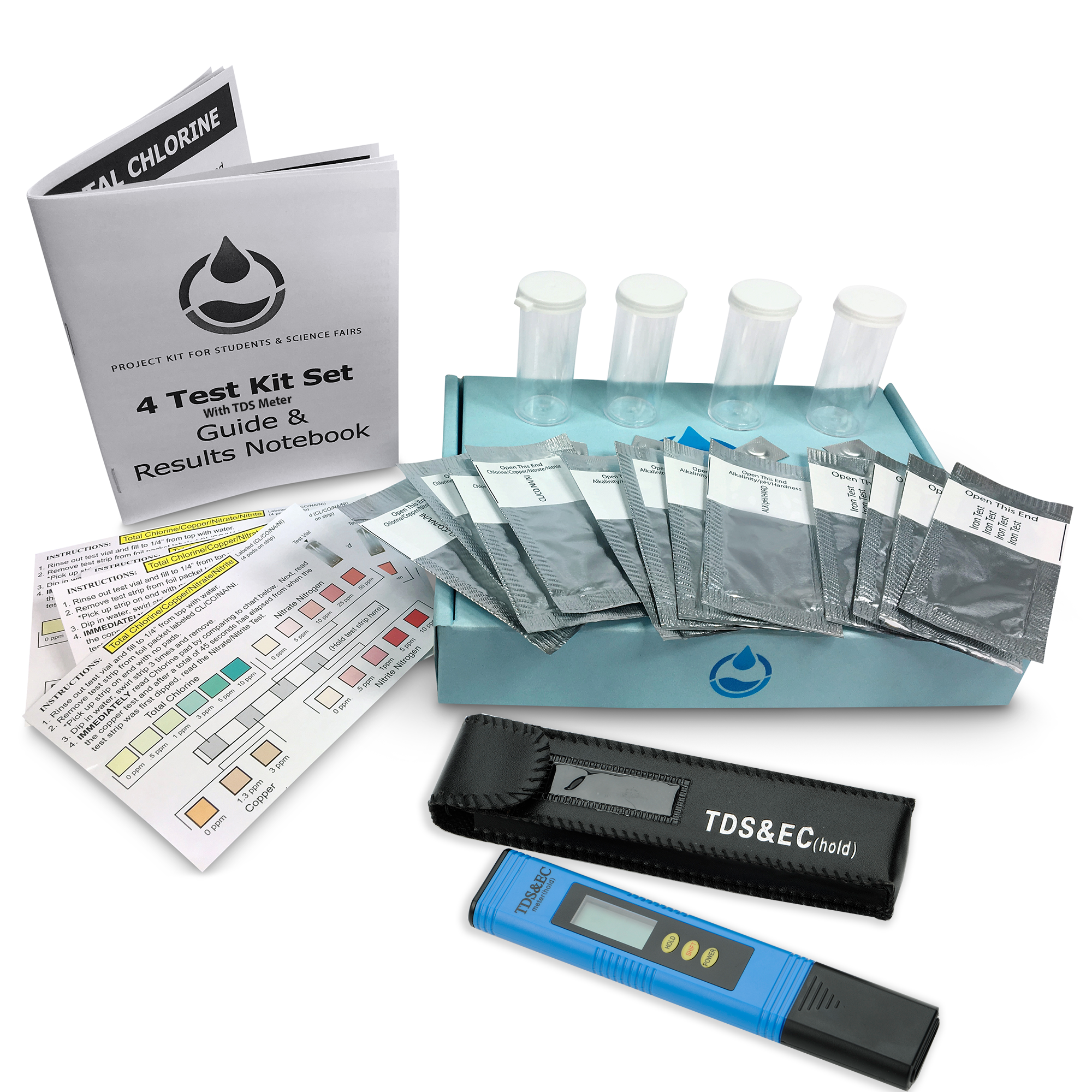
Hands-On Science Projects Helps Kids Learn
Not only do kids relate better to hands-on learning, but studies show that it can help stimulate brain growth. This is because when kids are able to put what they learn into practice, they gain a better understanding of the concepts. It also helps them develop their problem-solving skills and improve their critical thinking abilities.
Science is more than just the study of facts. It is also about engaging with the world around us, testing ideas and explanations. Much of the scientific theory that is taught today is based on what was learned from science experiments. Water testing science projects promote scientific thinking and problem-solving. They give children a chance to ask questions, create hypotheses, and test theories to better understand the world around them.
A Science Experiment for Kids: Testing Homemade Water Filters
Imagine if you had a natural disaster that compromised the local water supply. This is a real possibility for many people who live in hurricane and storm-prone areas. In such an emergency, your only source of water may not be safe to drink, forcing you to make a water filter with supplies you have on hand. If you don’t have a supply of clean water, would you be able to improvise and use common household materials to filter water to make it safe to drink? In this experiment, we chose a few homemade water filters that were suggested online to see which one did the best job at filtering dirty water.
For this science project, testing homemade water filters, all you need is a School and Science Fair Test Kit from TestAssured, some dirty water, and a few common household items for filters. We decided to use a paper towel, cotton, and a microfiber cloth as our filters. Click here to see instructions for the full experiment.
Fun Fall Science Project with Leaves
With cooler temperatures and fall on the horizon, this science experiment celebrates fall. As the seasons change, we find ourselves admiring the brightly colored leaves, so we decided to see how different leaves would impact our water samples. Our hypothesis was that different leaves would have different chemical and mineral qualities that would change the composition of the water. While this was true for some of the tests, one test, in particular, had some pretty surprising results.
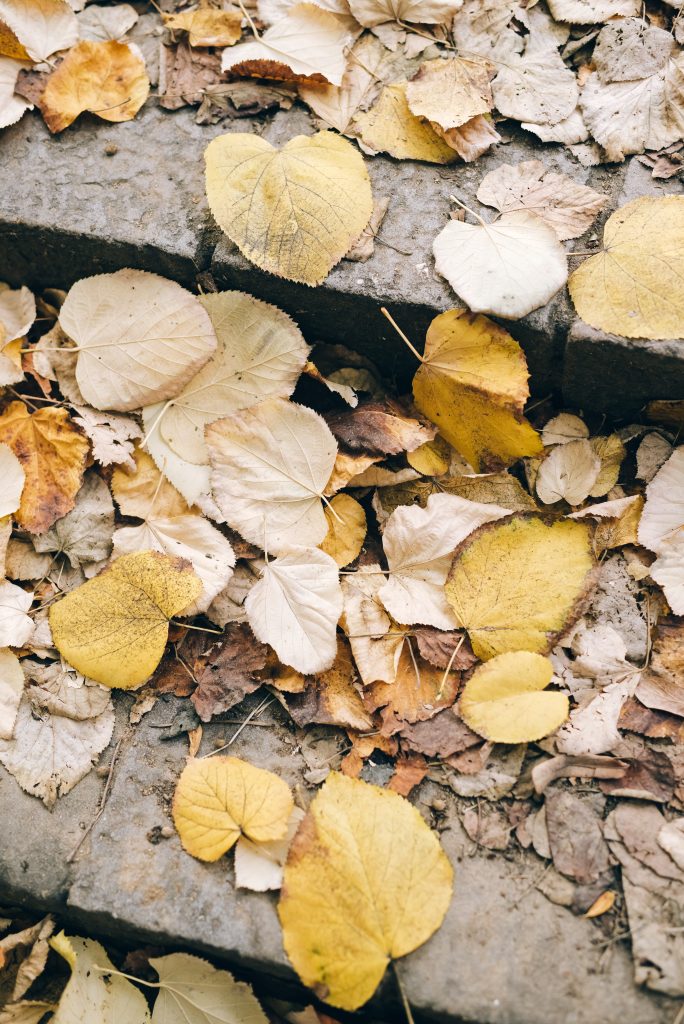
To prepare for this test, head outside and gather some leaves or even some grass. Two of the leaves we chose were still fresh and green, but we did find a nice, pretty yellow leaf. With the help of the internet, we were able to identify our leaves as Oak, Southern Catalpa, and Magnolia. In addition to your leaves, you will also need a School and Science Fair Test Kit from TestAssured, which has all the tools and equipment that you will need to perform the water tests. More details for our leaf experiment can be found here.
Fishy Water Science Project
I think the part kids enjoy most about this project is getting to pick out which fishy water they’re going to test. We took a trip to our local pet store and asked if we could take a few samples from their fish tanks for an experiment. They were very helpful and explained some of the differences we might find in the water samples. Originally, we had planned to test water from different fish but ended up with samples from a variety of species. Our twelve-year-old picked out samples from Black Mussel Snails, African Dwarf Frogs, and Red Zebra Cichlids. Once you have your water samples, the only other equipment you need is a water testing kit from TestAssured. Then you will have everything you need for an easy science experiment that your kids will enjoy. Click here full the full experiment.
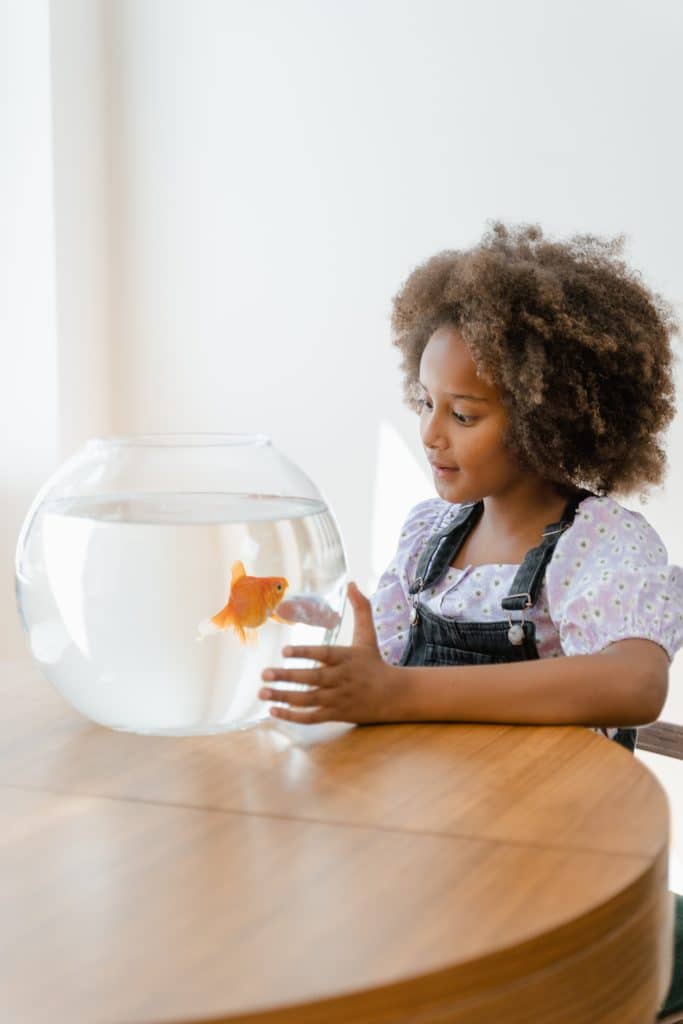
Does Movement in Water Affect Its Composition?
Movement is an essential part of a healthy body of water. In large bodies of water, this is caused by gravity and can be seen as a tide or current. Smaller bodies of water can be moved by the wind or plant and animal life. Even your tap water is moved mechanically from its source to the faucet. If movement is beneficial for water, can additional movement improve your water? We decided to test this theory using our water testing kit.

This science project involves testing tap water samples that have been moved in a blender for different amounts of time. This is an excellent science fair experiment that can be performed at different settings, for different times, to produce a variety of results. You can find all the details to perform this experiment here.
Put Science to the Test
These are just a few examples of educational science projects you can incorporate into your homeschooling plan. Science experiments are a great way to test the skills and knowledge your children are learning. They also give kids an opportunity to exercise their curiosity. Projects like these are a great way for students to apply what they are learning to real-world concerns.

